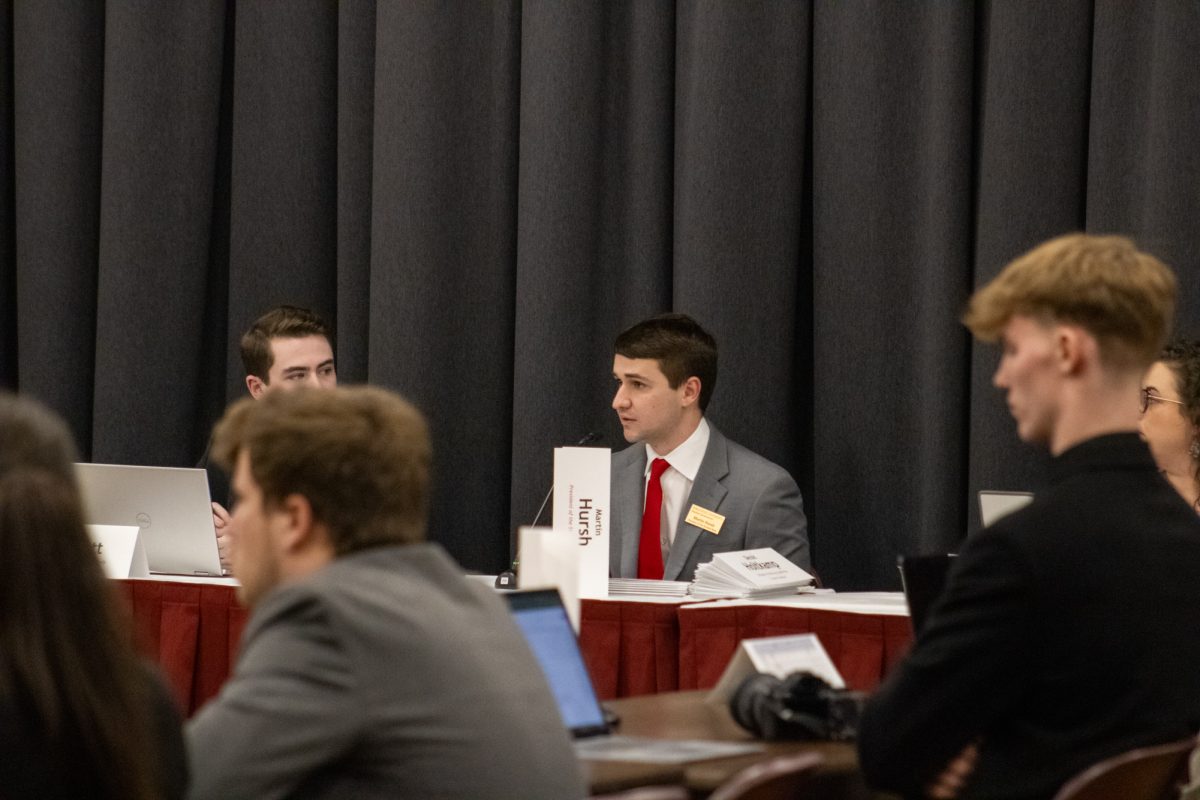City planning, warfare discussed in lecture
March 29, 2007
The future of urban warfare and the connection to urban city planning were the focus of a lecture titled “Urban Operations” by M. Christine Boyer, Princeton University’s William R. Kenan Jr. Professor of Architecture, Thursday in the Sun Room of the Memorial Union.
Boyer connected the focus and development of urban operations by the U.S. military in both the first Gulf War and the current urban conflict in Iraq, based on the gathering of knowledge of the terrain, vegetation, building sizes, extensive maps, GPS coordinates and informational archives through the use of historical perspective based on past military advancement by invading armies into cities.
The future terrain of warfare is going to be solely based on urban warfare, where the enemy will use “chaos in complex and uncertain terrain” to achieve victory, Boyer said.
“Military use of urban operations seems unavoidable and victory seems unobtainable,” Boyer said. “Military force must be based on two assumptions – one where cities are taken apart, parts compared and put back together again, and another where the history of urban warfare provides lessons from similar situations.”
Boyer spent most of her lecture comparing the history of urban warfare and the development of protection of cities by detailed city planning. Boyer pulled information from past military advancements as the Franco-Prussian war and World War I.
Warfare before the Franco-Prussian war, Boyer said, was symmetrical and based on armies facing each other in open fields and siege warfare meant the shelling of city walls and starvation tactics.
With the invention of the airplane, warfare changed tremendously because cities could be reduced to rubble, so city planning had to change to protect the civilian inhabitants and governmental structures. Cities had to be compartmentalized into divisions- such as distinct housing zones where concrete buildings were reinforced with steel- and areas of commerce and governmental structures are separated to not allow an invading army almost immediate victory, or so victory couldn’t be assured just by aerial bombing alone, she said.
Another tactic that a military can use to gain victory in urban warfare situations, Boyer said, would be the use of disinformation and confusion.
“Deception is a deliberate ploy to effect, confuse and destroy the decision making ability of an invading army,” Boyer said.
Jamie Horwitz, associate professor of architecture, said the lecture reinforced her notion the military could use architecture in warfare.
“The lecture was wonderful and incisive. It reinforced the fact that history of city planning and development could be used for military use,” Horwitz said.






